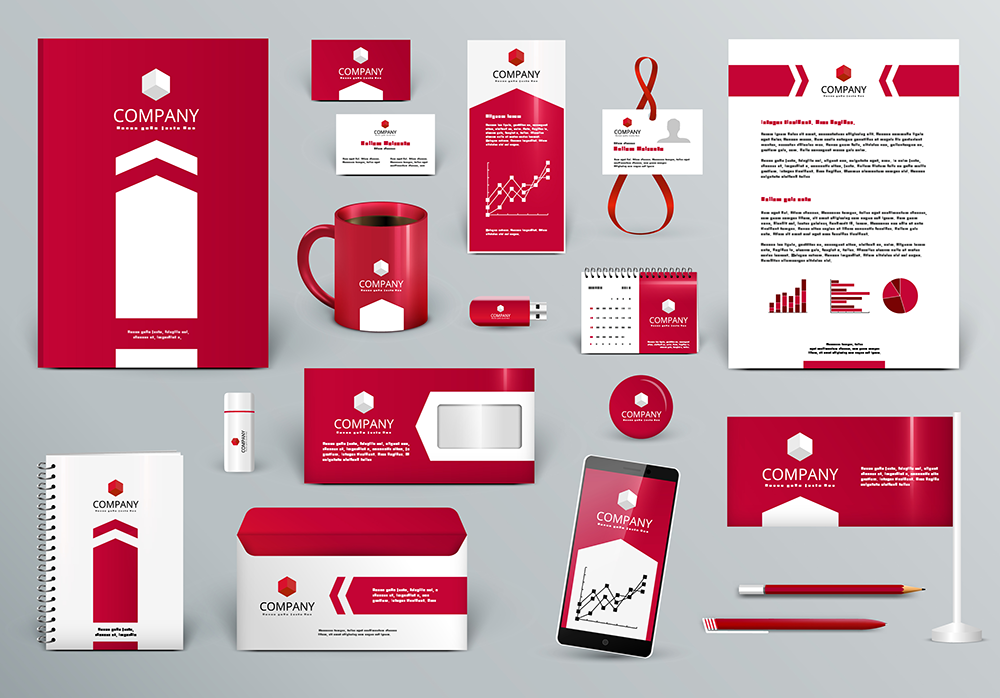
The Secrets to Successful Brand Maintenance and Upkeep
Even large, trusted companies are susceptible to damaging their brand. Just look at the recent data privacy concerns surrounding Facebook, or the battery controversy Apple went through. And while the value of branding is tough to precisely pin down on the balance sheet, few executives will make an argument that branding isn’t vital to operational success.
So how are you supposed to prevent damage to your brand?
The same way you prevent your car from failing: regular maintenance. Unfortunately, there’s no owner’s manual to tell you how to maintain your brand. In this post, I’ll reveal some secrets to successful brand maintenance and upkeep.
Maintain Focus: Target Markets and Messaging
Many companies hire an agency or do the work in-house to build a brand identity, which is great. However, that brand identity often sits static for an extended period of time. Meanwhile, the company is changing, serving new markets, and capitalizing on new opportunities. Moreover, the market is changing. New players are entering the marketplace, prices are fluctuating, and more.
Regardless of the industry you’re in, the market, your customers, and your company will fluctuate constantly. That’s why it’s so important to regularly review both the customers you’re serving and the market you’re operating in. Then you can review your brand’s message to see if it needs to be adjusted to reflect the new universe that your company exists in.
All that said, even if your company is more or less sitting in the same position in terms of market share, services, and customers, you still need to review your messaging periodically. Some people argue that the natural state of the universe is chaos. But no one can argue that the natural state of a brand’s message is chaos.
Different people within your company undoubtedly interpret your brand’s identity differently. While a little variation is okay, when you stop paying attention, it can quickly get out of control. Think of this messaging review like you would a quality control. Grab a few samples of content that your company has put out in the past. If the message is all over the place, you know it’s time to get everybody focused again.
Position Yourself to Evolve: Starting with “Why?”
A major obstacle to successful brand maintenance actually results from a flawed initial branding process. Simon Sinek, a branding expert, discusses this in a now-famous Ted Talk. It’s the idea that most companies focus first on what they do, then how they do it, and finally why they do it. The problem with this process (among others) is that starting with what you do completely restricts your brand from evolving.
Think about Apple. They started as a computer company. Now they sell phones, watches, tablets, Apple TVs, and more.
Now think about Dell. Imagine if Dell announced they were selling phones. It would be strange. They’re a computer company, after all.
So what’s the difference between the two? Apple’s branding starts with why. You can see it in their slogan: Think Different.
This might not be a brand maintenance strategy in the strictest sense. However, if you go back and review your branding to reflect a clear why, you’ll have to do less brand maintenance in the future.
Creating Brand Guidelines
You can’t expect to get where you want to be without a roadmap, and you shouldn’t expect to maintain your brand without detailed guidelines. This is especially true for a large or geographically dispersed company with several employees creating content. And since it’s not practical to centralize the approval of every single piece of marketing collateral your company creates, you need a way to hold people accountable without stifling their ability to self-serve.
Creating brand guidelines could be a million-dollar project for large companies. But branding guidelines don’t have to be complicated and expensive to serve their purpose. 99designs identifies 6 key elements of a branding style guide. Those elements are voice, brand story, logo, imagery, typography, and color palette.
When creating your branding guidelines, focus on creating a usable, easily accessible, and comprehensive plan. It will take time and effort to ensure people are following the rules you’ve set out, but a unified, well-maintained brand is well worth it.
Conclusion
To review, the secrets to successful brand maintenance boil down to three things:
- Regularly monitoring your company and your customers’ evolution.
- Positioning yourself for long-term brand maintenance by starting with “why?”
- Creating a roadmap that all content creators can follow.
If you’re starting from zero, getting brand maintenance efforts off the ground may take some doing. Fortunately, as the effort gains momentum it becomes easier and easier as people learn to regulate themselves.
And if you’ve already started brand maintenance activities, consider incorporating the principles I’ve covered in this article to maintain your brand even more effectively.